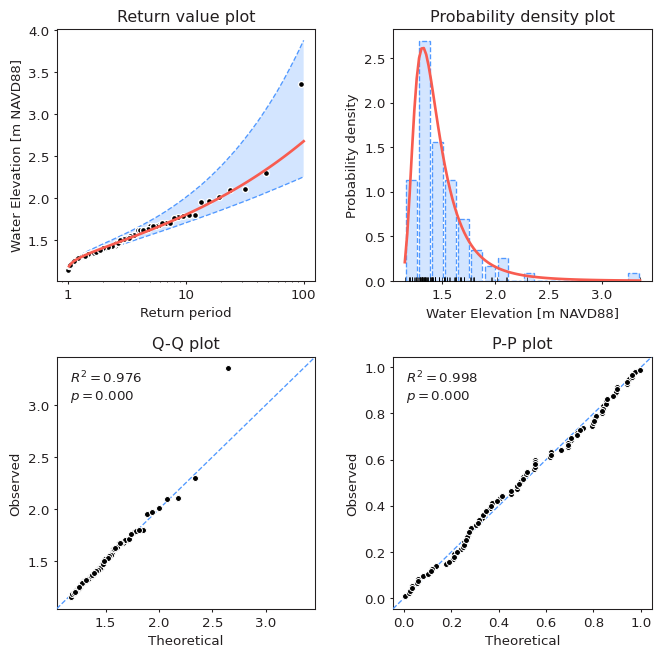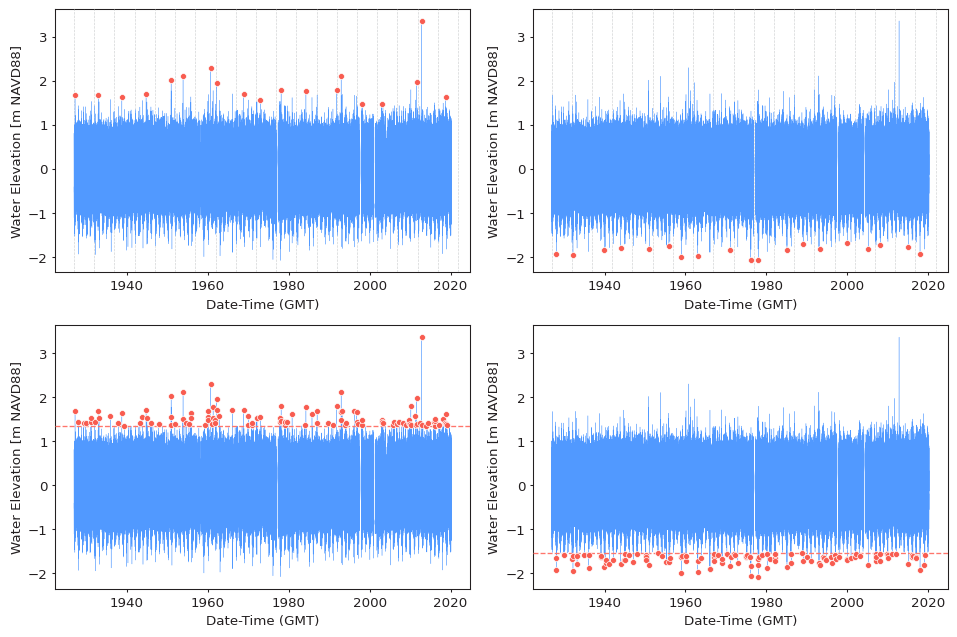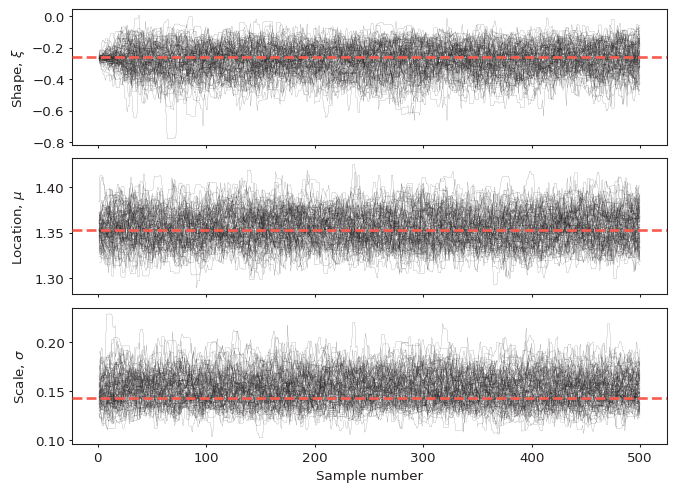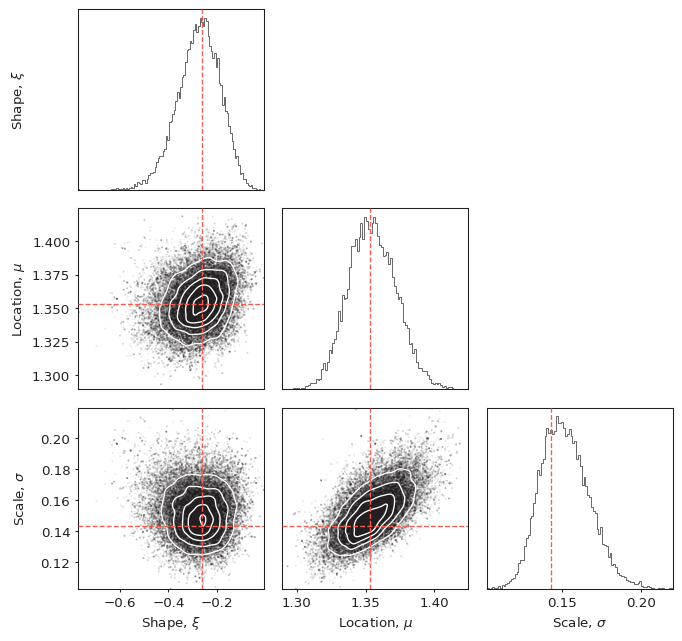Welcome to our guide on performing Extreme Value Analysis (EVA) using the Python library pyextremes. Whether you’re a seasoned data analyst or just starting your journey in data science, this article will guide you through the installation, usage, and troubleshooting of EVA in Python with ease.
What is Extreme Value Analysis?
Extreme Value Analysis is a statistical method used to assess the impact of the most extreme occurrences in a dataset, such as financial losses, natural disasters, or engineering failures. The objective here is to model and predict these rare events to better manage risks. pyextremes provides the essential tools needed for conducting a wide array of EVA tasks.
Getting Started with pyextremes
Installation
- To get the latest version from PyPI, run the following command:
pip install pyextremespip install pyextremes[full]pip install git+https://github.com/georgebv/pyextremes.git#egg=pyextremesconda install -c conda-forge pyextremesKey Features of pyextremes
The pyextremes library is equipped with a rich set of functionalities, essential for performing comprehensive EVA, which includes:
- Extraction of extreme events from time series using methods like Block Maxima (BM) and Peaks Over Threshold (POT).
- Fitting continuous distributions like Generalized Extreme Value Distribution (GEVD) and Generalized Pareto Distribution (GPD) to the extreme events.
- Visualization tools for inputs, results, and goodness-of-fit statistics.
- Estimation of extreme events based on probability or return period, along with corresponding confidence intervals.
- Assistance with model selection and tuning, including determining suitable block size in BM and threshold in POT.
Understanding the Code: An Analogy
Imagine that you’re a lifeguard at a beach, and your job is to monitor the waves throughout the day. On some days, the waves are just gentle ripples, but on others, they can be gigantic. In this analogy:
- The waves represent your dataset.
- The lifeguard’s task of recording the highest waves resembles the Block Maxima method, where you note down the most extreme (high) values from periods of data.
- When the waves occasionally rise past a certain level, that signifies the Peaks Over Threshold (POT) approach, where you record all waves above a predefined limit.
- At the end of the day, you might want to know how often you face colossal waves, paralleling the estimation of extreme events based on probabilities.
In essence, pyextremes provides you with all the necessary tools to be that vigilant lifeguard, capturing and analyzing those intense waves of data effectively.
Troubleshooting Tips
If you encounter problems while using pyextremes, here are some troubleshooting ideas to consider:
- Ensure that you are using a compatible version of Python. The library works best with Python 3.6 and above.
- Verify your installation by running
pip show pyextremesin your command line to see if it is installed correctly. - Check the official documentation at Documentation for detailed usage instructions.
- Reach out for support or to report issues via the discussions page or create an issue here. Any input is appreciated and will help develop the project.
For more insights, updates, or to collaborate on AI development projects, stay connected with fxis.ai.
Visualizations
Model Diagnostic
Visual representations are crucial for effective analysis. Here’s an example of a model diagnostic plot:

Extreme Value Extraction
The next step is to visualize the extreme value extractions:

Trace Plot
A trace plot helps assess the convergence of your model:

Corner Plot
To see how your parameters interact, the corner plot is essential:

At fxis.ai, we believe that such advancements are crucial for the future of AI, as they enable more comprehensive and effective solutions. Our team is continually exploring new methodologies to push the envelope in artificial intelligence, ensuring that our clients benefit from the latest technological innovations.
Conclusion
With the pyextremes library, Extreme Value Analysis becomes accessible and efficient for anyone interested in diving deep into statistical analysis. By following this guide, you’ll be well-equipped to harness the power of extreme values in your data.
For further clarification or collaboration opportunities, don’t hesitate to reach out!

